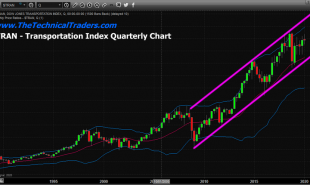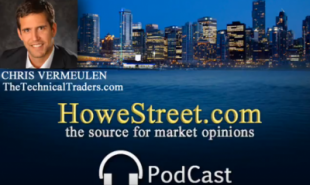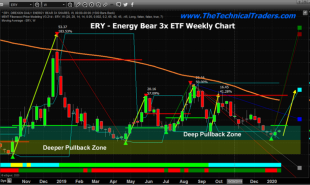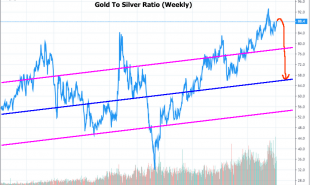
Fear is Still Driving the Market; Fear of Missing Out, But New Highs Are Unlikely
Since the start of the year, our probability calculations have been painting this market as a normal (but painful) correction. The chances of at least a temporary rally were high, and the market has followed through, allowing the S&P to close up for the year. The question is, like always, what now?
Our Price Modelling system, in addition to having correctly pointed to a rally, is expecting the market to settle into a trading range, the limits of which are still to be determined, but which are unlikely to involve new highs. Fears of recession are fading, yet fundamental conditions have not improved in the same way as recent market returns would suggest. This places fundamental limits to the rally, which adds support to our Model’s reading of the situation.
Fundamentally, we continue to emphasize that, the economy and equity markets will have a hard time making new highs as long as labor continues to struggle at the bottom of what is, and has been for the last half decade, a shallow economic barrel. The economy runs on the 99% not on the 1%, and what needs to happen is for the former to receive a fair share, through wages, of the technological productivity gains of the last thirty years. A billion dollars in the hands of the 99% goes straight into fueling the economy, while the same billion in the hands of a billionaire will end up as another trophy in a tax-haven bank account somewhere.
Here is how the 99% are getting along, and why the economy hasn’t even broken a sweat in the last eight years:
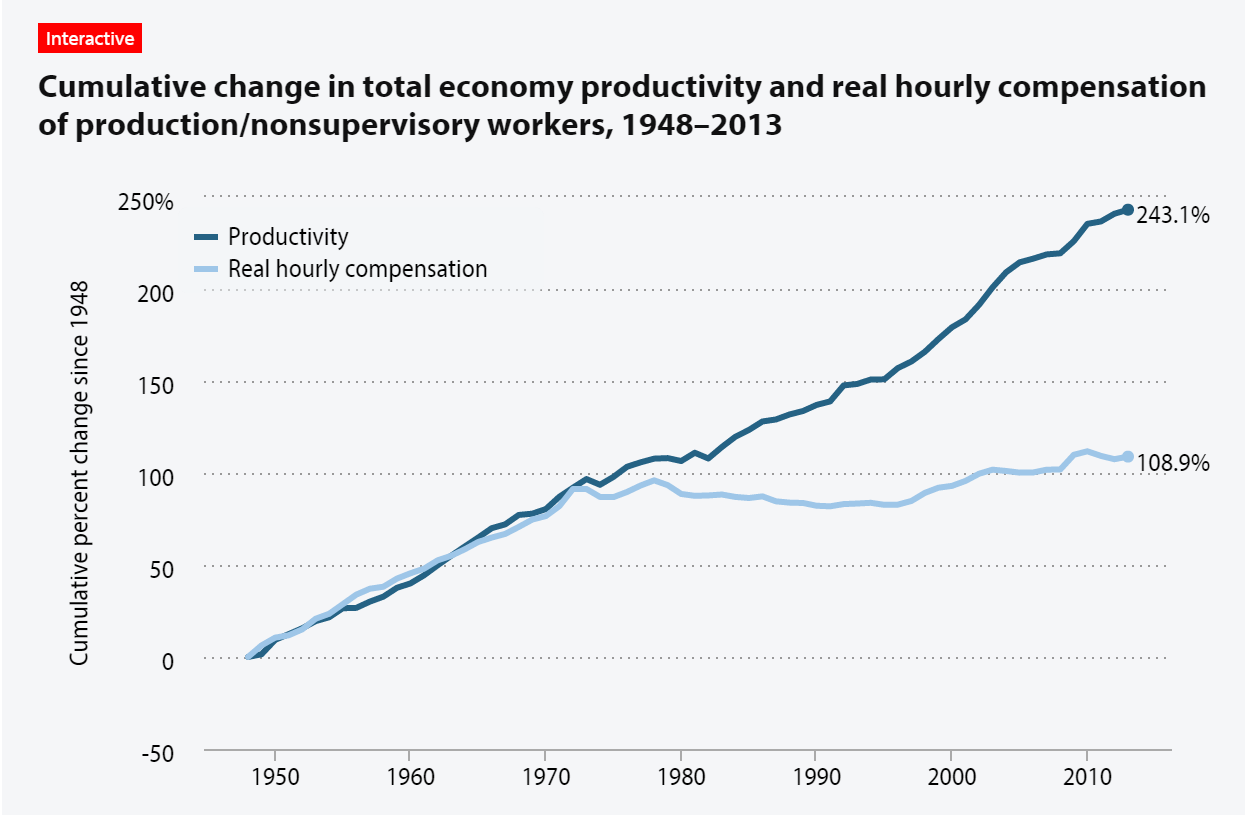

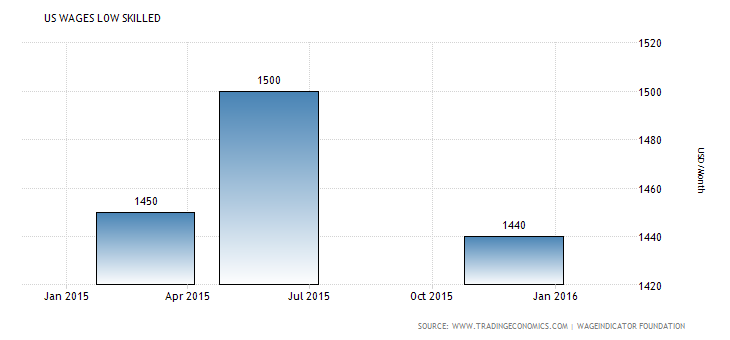

Imagine how the economy would react if the following graph was inverted.
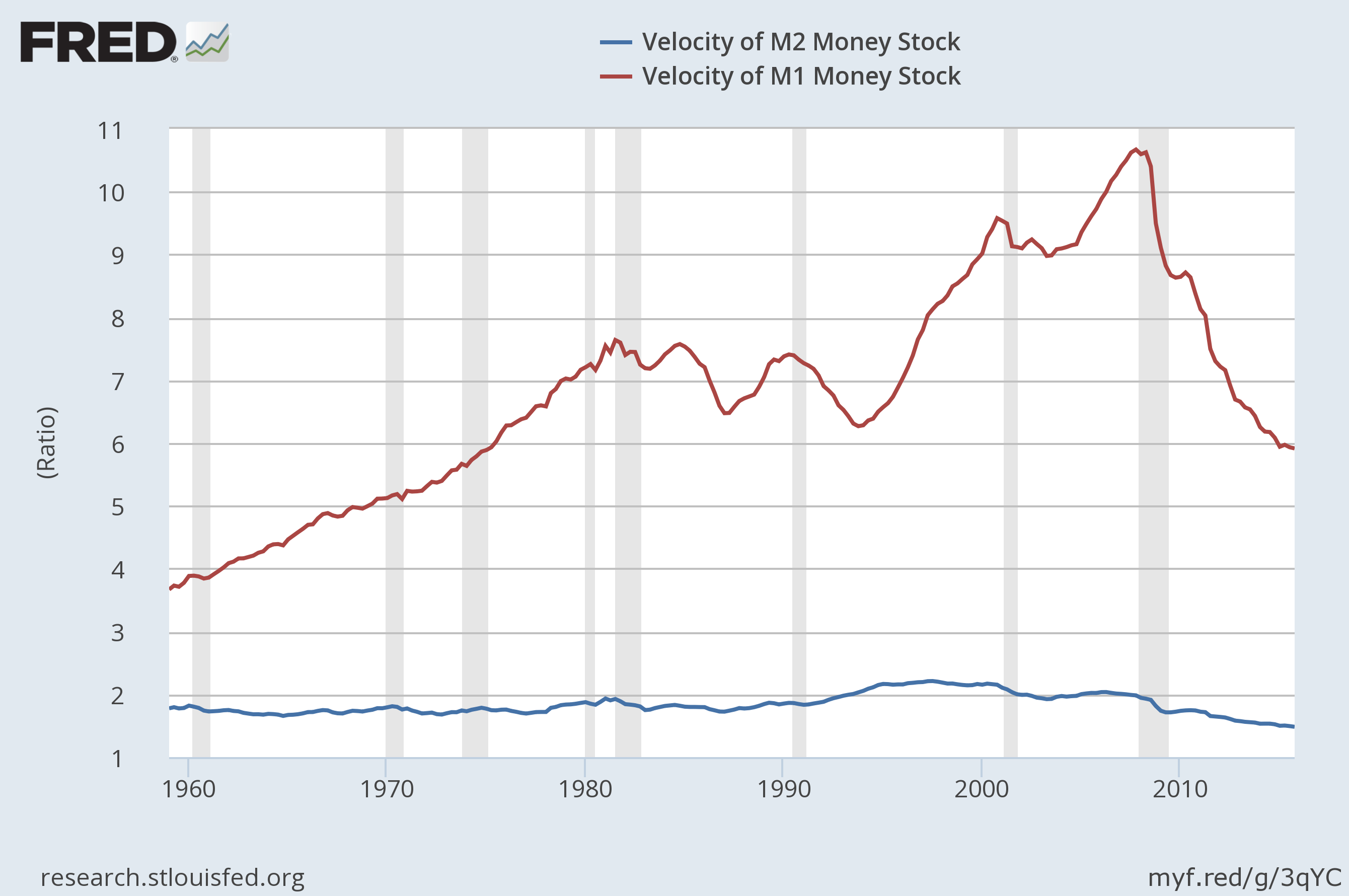
What you are looking at above, is the result of many trophies being locked up in tax-haven bank accounts.
Switching to a more technical study, the chart below illustrates the pattern that the sentiment indicators present during rallies (blue lines), and during pull-backs (red lines). At the moment, it looks like a pull-back pattern may just be starting to develop (red oval), but it is too early to confirm, especially since the Rydex bull funds are still at a relatively low level (purple circle), and the SPX is still rising. It looks like there is still some fear and, therefore, upside, but we are likely getting close to a turning point. Our confidence would be higher if the Rydex bull funds were more elevated since they are usually wrong at turning points (green circles).
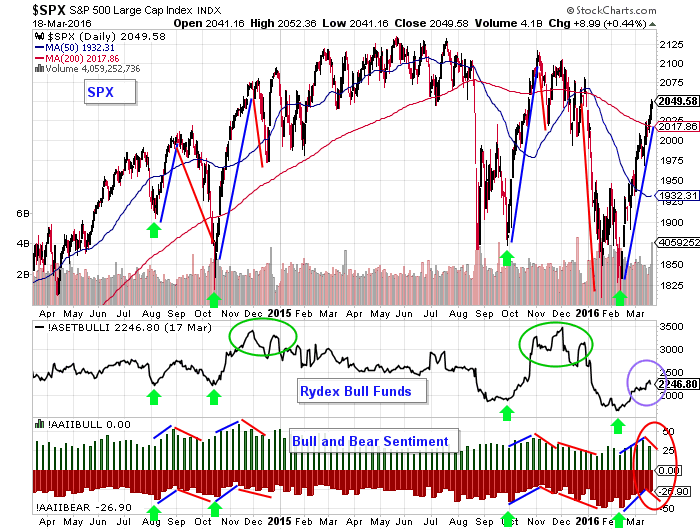
In conclusion, the S&P has not topped-out yet, but there is a sign of weakness that we are watching closely.
ANG Traders
Join us at www.angtraders.com and replicate our trades and profits.
Read more by ANGTraders


